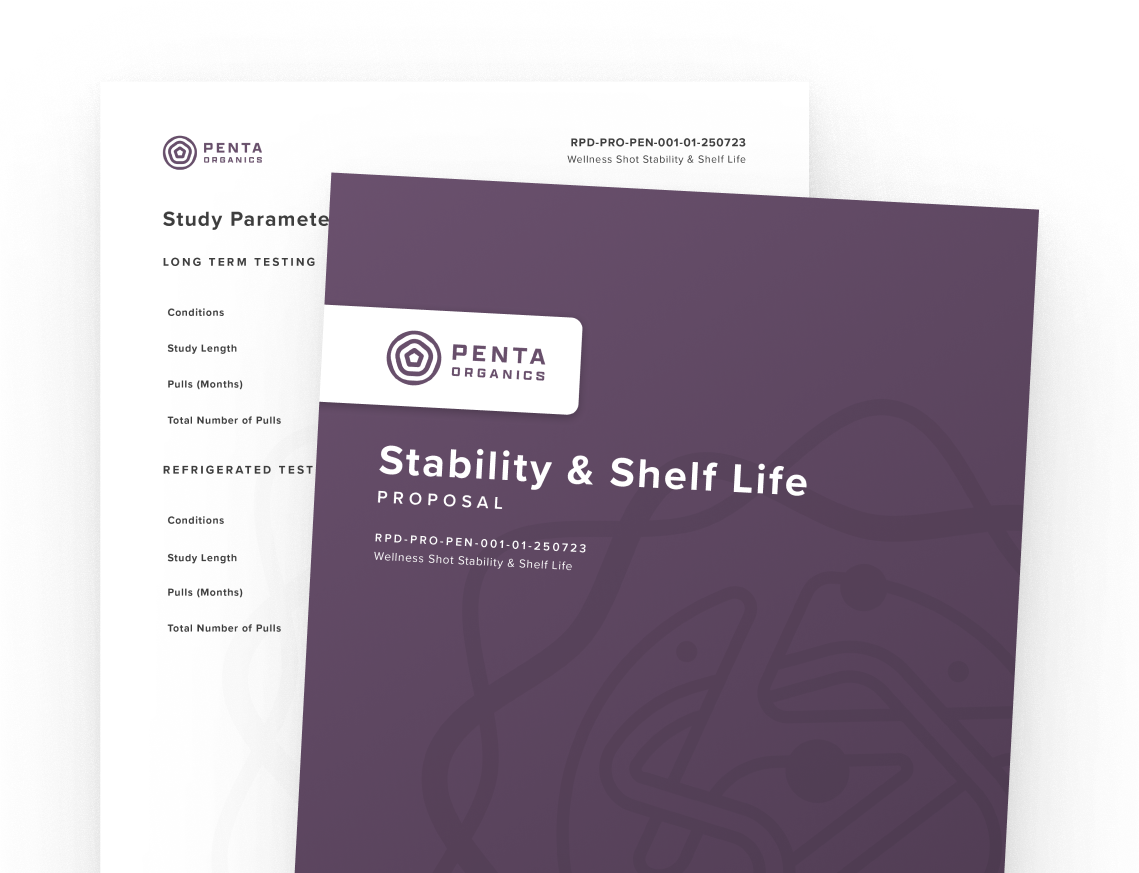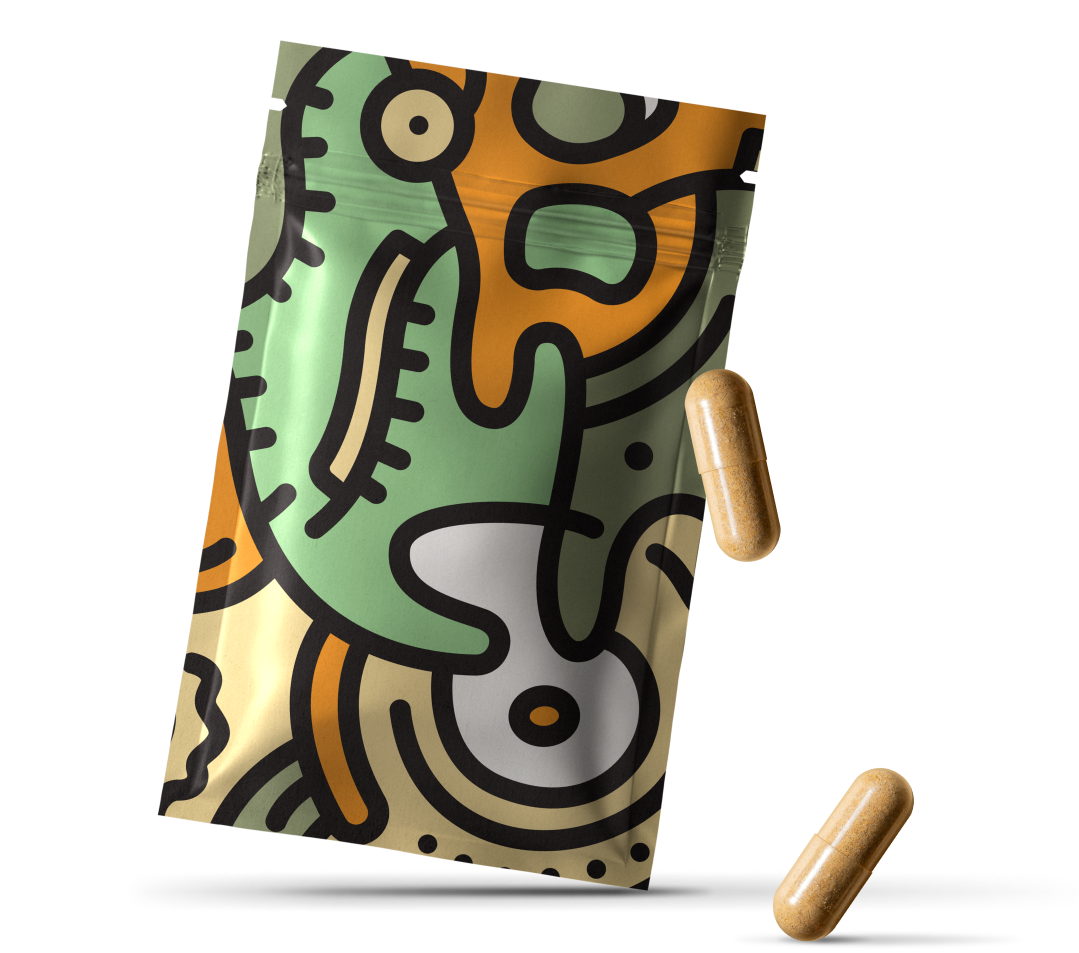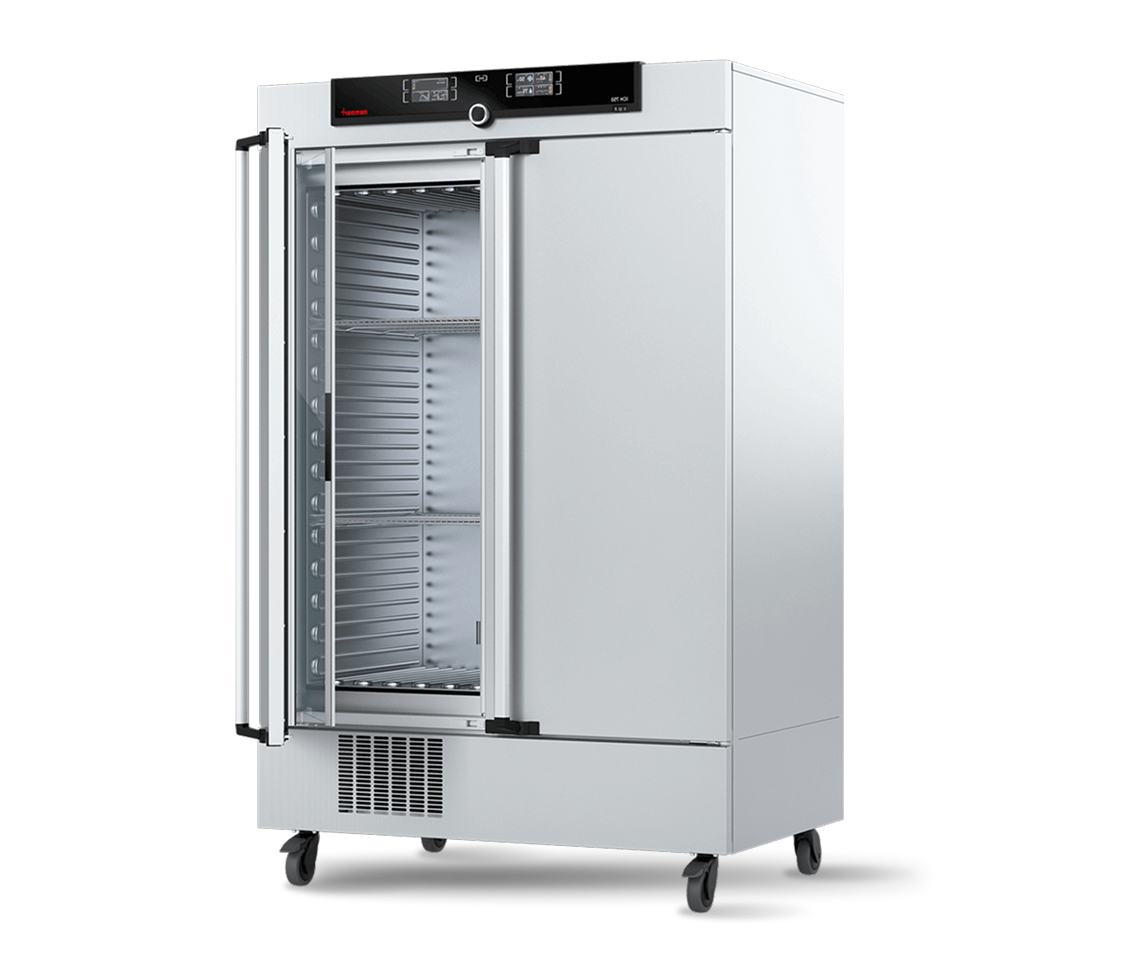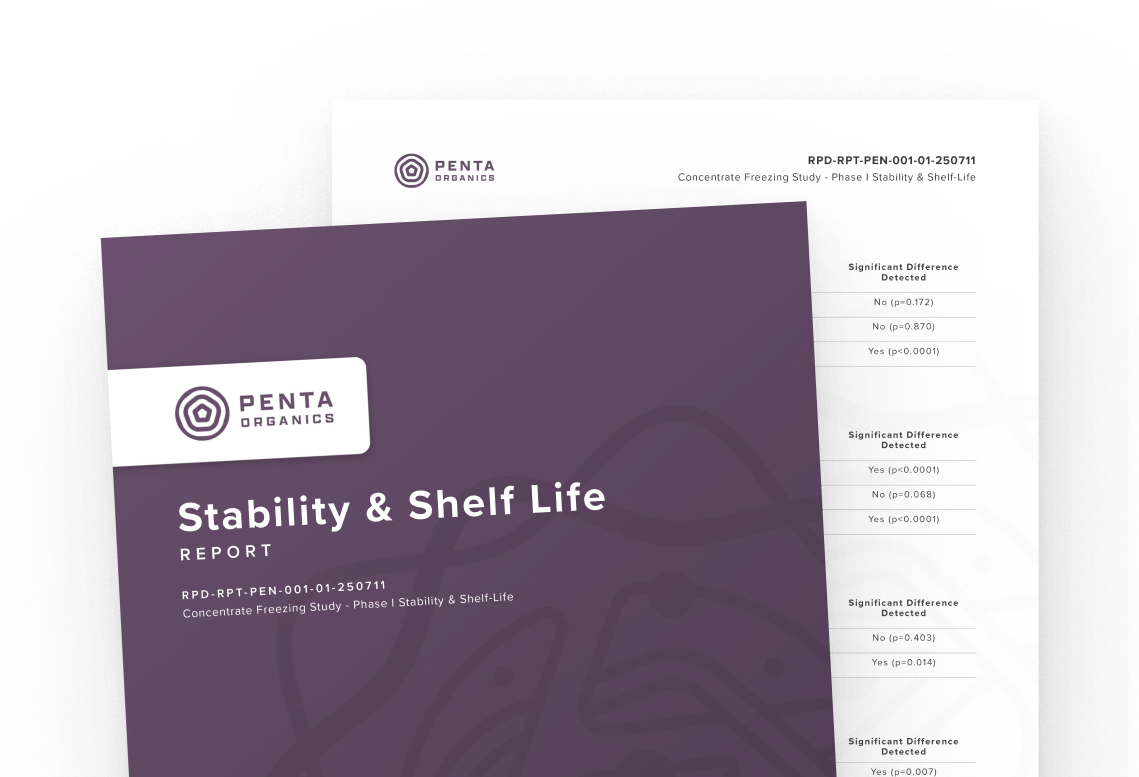products change over time
know how, and stay ahead of it


Satisfy the most important regulators and encourage repeat buys with:
potency (for dietary supplements)
organoleptic attributes such as, flavor, color, aroma and texture, over time.
Microbiological Contamination
Chemical Contamination (Packaging, Degredation)
Stability / shelf-life data is often required to meet FDA, ICH Q1A, or other regulatory requirements for dietary supplements, natural foods, and global export products. With proper documentation, you can:
.svg)
Clear and accurate stability and shelf-life data helps you satisfy retailer demands and certification standards, ensuring your products stay on shelves, in compliance, and safe for everyone.
.svg)
.svg)
.svg)
Construct a stability and shelf life study framework to suit your product’s unique needs.

Choose the environmental conditions of the study. Long-term and accelerated can both be run concurrently.
Controlled at 25°C / 60% RH
Controlled at 40°C / 75% RH
Choose the environmental conditions of the study. Long-term and accelerated can both be run concurrently.
3 Months
6 Months
9 Months
12 Months
18 Months
24 Months
Choose which specifications you are testing at each time point. We can help you choose the right amount of testing frequency for each spec, using a risk-based approach and robust study design.
Choose the duration of the study for each condition. Long-term study duration matches the desired shelf-life, while accelerated study duration is typically 1/2 of the long-term study duration.
Every
Time-Point
Beginning
Time Point Only
Every Other
Time-Point
Beginning, Middle, End
Time Points
Variable
Time Points
Receive a clear, detailed proposal outlining scope, timelines, and costs upfront.

Our process begins with a streamlined study design form where you provide contact details, product specifications, and the parameters for your desired study. This step ensures we understand your formulation, packaging, and shelf-life goals right from the start.
All submissions are reviewed by our scientific team to align with regulatory standards such as FDA, ICH Q1A, or cGMP. You’ll also be able to upload technical documents like formulas or previous COAs to help us design a study that meets your exact needs.

Submit your product samples for us to review, check-in, and imminently study.

Once you approve the proposal, we guide you through submitting samples to our lab.
Each item is received, inspected, labeled, and placed into our validated stability chambers with full environmental controls.
From day one, your samples are tracked and logged in our secure LIMS system, ensuring complete traceability and documentation. Our team confirms receipt and communicates your pull dates and testing schedule so you always know what’s happening next.

Data is generated via specifically controlled stability and shelf life testing conditions.

We conduct your stability study under the exact conditions specified—long-term, accelerated, or custom.
At each time point, our scientists perform the designated microbial, chemical, physical, or sensory tests and upload the results to your secure client portal.
All testing is performed using validated methods aligned with industry and regulatory expectations, and you’ll receive Certificates of Analysis at each stage.

Receive thorough reports with actionable insights to support your product’s stability and shelf-life success.

At the conclusion of your study, we deliver a comprehensive final report with compiled results, graphical trend data, and a clear shelf-life recommendation.
This report can be used to support label claims, regulatory filings, and retail compliance. If you have questions or need further guidance, our team is available to walk through the data and help you apply the findings—whether you’re updating labels, reformulating, or preparing for a product launch.

complete this form to connect with a cambium analytica team member